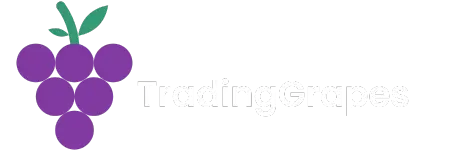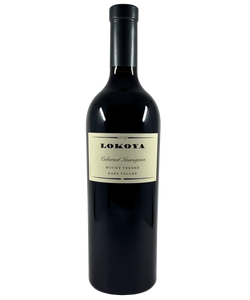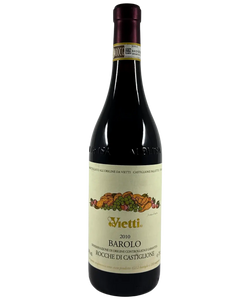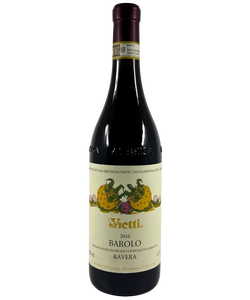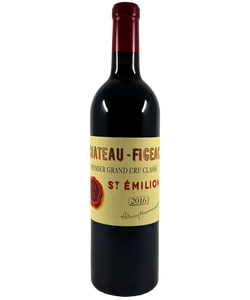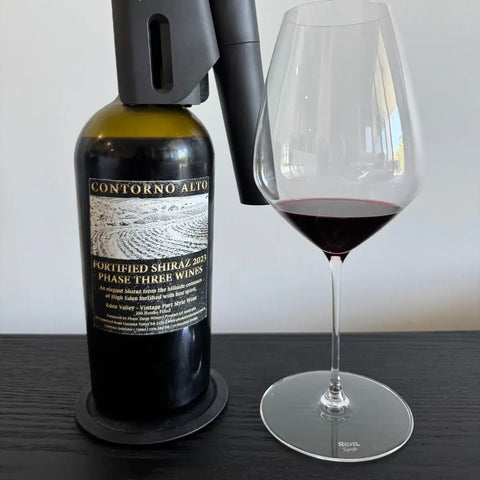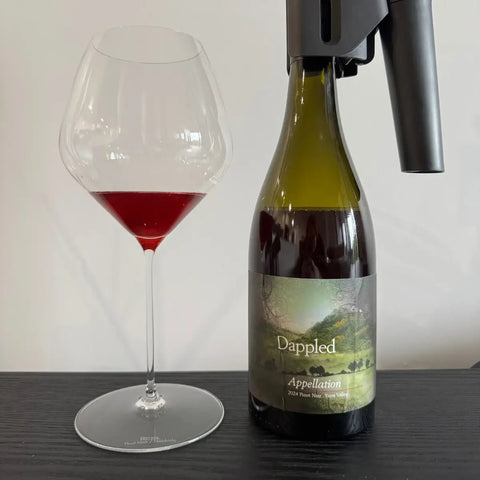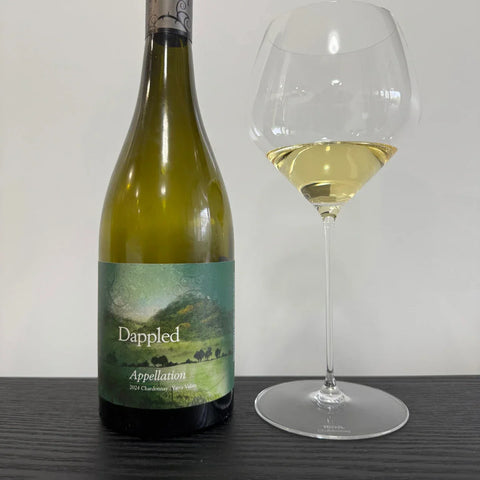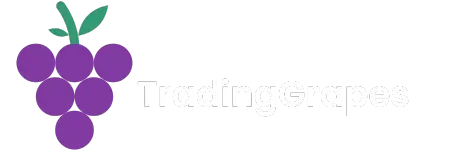Bordeaux is one of the most famous wine regions in the world — and for good reason. It’s home to some of the most age-worthy, investment-grade wines ever made, from Château Lafite Rothschild to Château Figeac.
But if you’ve ever heard people talking about the Left Bank and the Right Bank, you might be wondering… what’s the difference? And why should you care?
Let’s break it down.
Left bank vs. right bank: the basics
Bordeaux is split in two by the Gironde estuary (which branches into the Garonne and Dordogne rivers).
- Left Bank: West side of the Gironde and Garonne.
- Right Bank: East side of the Gironde and Dordogne.
The split isn’t just geographical — it’s also about soil, grapes, and style.

Caption: map of Bordeaux wine region. Source: Wine Spirit Education Trust
Why the Left Bank is Cabernet-forward
The Left Bank’s gravel soils are free-draining and heat-retaining — perfect for ripening Cabernet Sauvignon. Cabernet thrives here because it needs warmth to fully ripen, and gravel soils provide just that.
Cabernet Sauvignon is known for:
- Firm tannins
- Blackcurrant, cedar, and graphite flavours
- Exceptional ageing potential
These wines are often blended with Merlot, Cabernet Franc, and sometimes Petit Verdot to add roundness and complexity.
Famous Left Bank names:
- Château Lafite Rothschild (Pauillac) – First Growth in the 1855 Classification
- Château Gruaud Larose (Saint-Julien) – Second Growth in the 1855 Classification
Why the Right Bank is Merlot-forward
The Right Bank’s clay and limestone soils retain more moisture and are cooler — conditions that suit Merlot perfectly.
Merlot is known for:
- Plush, velvety texture
- Red and black plum, chocolate, and spice notes
- Softer tannins and earlier drinkability
Right Bank wines often have more approachability in their youth but can still age beautifully. They’re usually blended with Cabernet Franc (which adds floral notes and structure) and sometimes small amounts of Cabernet Sauvignon.
Famous Right Bank name:
-
Château Figeac (Saint-Émilion) – An outlier in style, with an unusually high proportion of Cabernet Sauvignon for the Right Bank.
The Bordeaux classifications: 1855 & Saint-Émilion
The 1855 Classification
Commissioned by Napoleon III for the Paris Exposition, the 1855 Classification ranked the top châteaux of the Médoc (Left Bank) based on reputation and market price.
-
Five First Growths: Lafite Rothschild, Latour, Margaux, Haut-Brion (Pessac-Léognan), and later Mouton Rothschild (1973 promotion).
-
Followed by Second, Third, Fourth, and Fifth Growths.
This classification has barely changed since 1855, cementing the prestige of these estates.
The Saint-Émilion Classification
Updated roughly every 10 years, this classification covers the Right Bank’s Saint-Émilion appellation. It has two top tiers:
- Premier Grand Cru Classé A
- Premier Grand Cru Classé B
Fun fact: In 2022, Château Figeac was promoted from Classé B to Classé A — putting it in the same top tier as Château Pavie.
Why this matters for collectors & investors
- Left Bank Cabernets: Structured, long-lived, ideal for long-term cellaring and investment.
- Right Bank Merlots: Softer, earlier-drinking, but top estates can command equally high prices over time.
- Classifications: These rankings underpin reputation, quality, demand, and value.
If you’re building a cellar, understanding the Left vs. Right Bank distinction — and keeping an eye on classification changes like Figeac’s promotion — can help you make smarter buying decisions.
Final sip
Whether it’s the power and structure of a Left Bank Cabernet or the plush charm of a Right Bank Merlot, Bordeaux offers something for every palate — and every investment strategy. And for serious collectors, estates like Château Lafite Rothschild, Château Gruaud Larose, and Château Figeac are benchmarks worth knowing.
